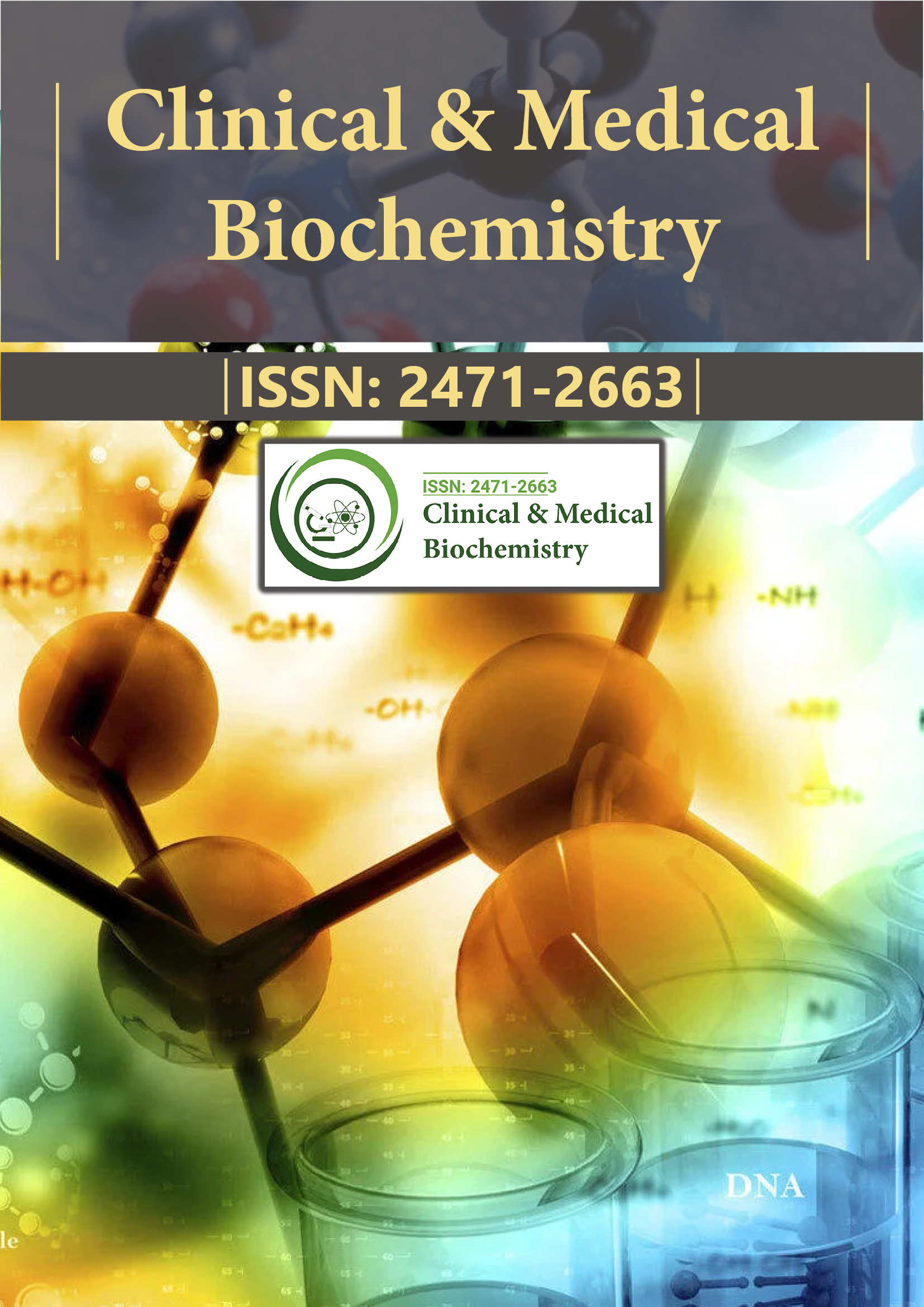Indexed In
- RefSeek
- Directory of Research Journal Indexing (DRJI)
- Hamdard University
- EBSCO A-Z
- OCLC- WorldCat
- Scholarsteer
- Publons
- Euro Pub
- Google Scholar
Useful Links
Share This Page
Journal Flyer

Open Access Journals
- Agri and Aquaculture
- Biochemistry
- Bioinformatics & Systems Biology
- Business & Management
- Chemistry
- Clinical Sciences
- Engineering
- Food & Nutrition
- General Science
- Genetics & Molecular Biology
- Immunology & Microbiology
- Medical Sciences
- Neuroscience & Psychology
- Nursing & Health Care
- Pharmaceutical Sciences
Mini Review Article - (2020) Volume 6, Issue 3
Physicochemical Cause and Effect Observed in DNA Length-Dependent Division of Protocell as the Primitive Flow of Information
Muneyuki Matsuo1, Kensuke Kurihara2,3,4, Taro Toyota5, Kentaro Suzuki7 and Tadashi Sugawara7*2Department of Chemistry, Institute for Extra-cutting-edge Science and Technology Avant-garde Research, Kanagawa, Japan
3Institute of Laser Engineering, Osaka University, 2-6 Yamadaoka, Suita, Osaka 565-0871, Japan
4Utsunomiya University, 350 Mine, Tochigi 321-8505, Japan
5Department of Basic Science, Graduate School of Arts and Sciences, The University of Tokyo, Komaba, Meguro, Tokyo,, Japan
6Universal Biology Institute, The University of Tokyo, Komaba, Meguro, Tokyo 153-8902, Japan
7Department of Chemistry, Kanagawa University, Tsuchiya, Hiratsuka, Kanagawa 259-1293, Japan
Received: 05-Oct-2020 Published: 26-Nov-2020
Abstract
In the prebiotic era, physicochemical cause and effect served as the primitive flow of information for protocells. Our recent study claimed that the manners and frequencies of self-reproduction of giant vesicle (GV) -based model protocells were regulated by the incorporated DNA-length, and not the base-pair sequence due to the presence of a supramolecular catalyst (lipo-deoxyribozyme) composed of DNA and lipophilic catalysts. The DNA-length dependent dynamics of the self-reproducing GVs containing different length of DNA were examined by three independent experiments; Population analysis by flow cytometric measurements, counting of�??increased numbers of protocells and direct morphological observation of a single GV by confocal microscopy. These results may shed light on the information system in the prebiotic stage, when the central dogma was not established. Notably, recent reports have revealed the possible influence of DNA length on the activation of living cells through the complexation of DNA to an enzyme in non-sequential aggregation manner.
Keywords
Protocell, Self-reproduction; DNA-chain length; Primitive flow of information; Physicochemical causes and effects; Morphological change; Lipo-deoxyribozyme.
Introduction
Intimate and complex interactions between biological macromolecules developed during 3.6 billion years made it difficult to identify a true origin of expression of a certain event, which is a high barrier, in particular, for biological and medical researches. As for flow of information, the central dogma which is based on transcription and translation of DNA regulates the basis of life on earth. Hence a research on how primitive flow of information emerged in the prebiotic era remains limited. To unveil its origin, a self-reproducing giant vesicle (GV)-based model protocell would be an ideal system with least minimum components. A physicochemical cause and effect could be the channels of information during the prebiotic era before the flow of genetic information was established [1]. In addition, it is to be noted that the effect of different types of DNA encapsulated in a GV-based protocell influences the manner of GV division, focusing on the interaction between the encapsulated DNA and lipophilic catalysts in a vesicular membrane.
By introducing recent reports which revealed the possible influence of DNA length on the activation of immune responses by DNA binding to a cyclic GMP-AMP synthetase in the conclusion section, we will discuss the biological and medical significance of the primitive flow of information exhibited by self-reproducing GVbased protocell.
Self-Reproducing GVs Containing DNAs of Different Lengths
Self-reproducing GVs were characterized as reported earlier [2,3]. Addition of membrane precursor (V*) to self-reproducing GVs dissolved and hydrolyzed the precursor in the GV membrane to form a membrane lipid (V) and an electrolyte (E). The increased amount of membrane lipids (V) deformed and divided into two GVs. A link between the self-reproduction and DNA amplification in a GV was revealed by the enhanced division observed in GVs subjected to polymerase chain reaction (PCR)-based amplification.
In a recent study [4], the composition of a vesicular membrane was modified by adding polyethylene glycol (PEG)-grafted phospholipids (DSPE-PEG1000) to strengthen the subtle differences in division of encapsulated DNA of different lengths. To compare the dynamic manner of each self-reproducing model protocell containing a different DNA cautiously, three independent experiments were performed: Population analysis of self-reproducing GVs (103- 104) by flow cytometry, counting of increase ratios of GVs (102- 103) by means of wide-view/high-precision confocal fluorescence microscopy, and observation of morphological changes in a single GV by high-speed confocal fluorescence microscopy.
Population Analysis of Selfreproducing GVs By Flow Cytometry
For the flow cytometry measurements, GVs containing short 374 bp DNA [GV(S)], medium-length 1164 bp DNA [GV(M)], and long 3200 bp DNA [GV(L)] were prepared. A fluorescence intensities histogram from GVs subjected to PCR, containing lipid-bound fluorescent probe BODIPY-HPC (0.1 mol%), was obtained after incubation for 40 min following the addition of V*. A size limit from 5 μm was used for a self-reproducing model protocell, considering the specific GV size requirements for enzymatic reactions [5].
The results of the fluorescence intensity histogram showed that the increase in population of the three types of GVs depended on the difference in DNA length. The division of GVs (S) was fast but yielded small GVs, whereas GVs (M) produced daughter GVs with sizes almost equal to that of the mother GVs. GVs (L) produced almost equivolume divisions. equivolume division is defined as when the volume of a divided daughter GV is not less than 70% of the size of the mother GV (Figure 1).

Figure 1. DNA Length-Dependent Division of GV-based Model Protocell
Increase Ratios of GVs By Wide-View/ High-Precision Confocal Microscopy
An increased number of GVs reflected the correlation between the length of the encapsulated DNA and the ability to undergo division. The number of GVs (102–103 GVs) before and after the addition of V* were directly counted under a wide-view/highprecision confocal laser-scanning fluorescence microscope. The total number of GVs captured in 125 sliced wide images were counted using viewer and analyzer software. The percent increase in GVs was defined as:

The increase in GVs (S) was 85% at 30 min after V* addition, although it decreased to 48% at 1 h. In contrast, the increase in GVs (M) was 125% at 30 min and reached saturation afterwards. GVs (L) increased from 54% at 30 min to 136% at 1 h, reaching almost the same value as that of GVs (M). In addition, a control experiment using GV(M) with different DNA sequence kept the same increase ratio, excluding the possibility of the sequence information. Thus, the counts of GVs measured by confocal microscopy indicated that the increase of GVs depends on the length of the encapsulated DNA.
Morphological Changes in a Single GV Observed by High-Speed Confocal Microscopy
Real-time observation of GVs (S), (M), and (L) by confocal microscopy revealed the process underlying the DNA length dependent morphological changes. A high-speed confocal laserscanning fluorescence microscope was used to observe the behavior of Texas Red-DHPE (0.2 mol%) stained thin-lamellar layered GVs (S), (M), and (L). The morphological changes of 30–40 specimens of different GVs 40 min after the addition of V* were as follows; smaller GVs were formed from GV(s) and equivolume GVs were formed from GV (M), while deformed but not divided GVs were mostly generated from GV (L).
Formation and Function of C@DNA as a Supra Molecular Catalyst
Results revealed that a membrane-intruded DNA and lipophilic catalyst complex, constructed within the vesicular membrane of a model protocell, activated the production of membrane lipids, judged from an enhanced hydrolysis rate of V* in the presence of both DNA and catalysts in a vesicular membrane as shown below, and the catalytic activity of the complex depended on the DNA length. To confirm the close proximity of DNA and lipophilic catalyst, C tagged with the fluorescent dye (C-BODIPY) as the energy donor, and DNA-Texas Red as the energy acceptor were prepared. Förster-type Resonance Energy Transfer (FRET) from C-BODIPY to DNA-Texas Red was observed as intense red fluorescence emitted from the GV membrane. Moreover, the dependence of FRET intensities on encapsulated DNA lengths of equivalent amounts was observed, indicating the formation of a complex of DNA with C (C@DNA).
To study the synergetic catalytic activity of membrane-intruded DNA and lipophilic C in C@DNA, the hydrolysis rates of membrane lipid precursor V* were measured using GVs containing C@DNA, C or DNA by UV-spectroscopy, respectively. The V* hydrolysis rate of GV-C@DNA was one order faster than GV containing C without DNA or only DNA solution. These results suggested that C@DNA acts as a supramolecular catalyst that is lipo-deoxyribozyme, in which catalyst C is arranged along the DNA chain through a self-assembly process.
Conclusion
Conventional central dogma or epigenetics regulates the expression of flow of information or activation of metabolism. However, a more direct third regulation way, i.e. DNA chain length-dependent regulation, was discussed in the introduced article. For example, the catalytic activity of a lipo-deoxyribozyme exhibited DNA chainlength dependence. Recent topic found in a living cell is that the DNA chain length-dependent formation of a droplet, resulted from a liquid-liquid phase separation, regulated the activity of an immune system.[6,7] Discovery of new life phenomena or development of e.g. anti-virus drugs may be realized by focusing the DNA chain-length dependent formation and its activity of a supramolecular catalyst, constructed with sequence-free DNA.
Acknowledgments
This work was supported by JSPS KAKENHI (Grant Numbers JP25103009, JP16K05759 and JP17H04876), ‘Platform for Dynamic Approaches to Living System’ at the University of Tokyo, Kanagawa University Grant for Joint Research, and the Yoshida Scholarship Foundation.
REFERENCES
- Szostak JW, Bartel DP, Luisi PL. Synthesizing life. Nature. 2001;409:387–390.
- Takakura K, Sugawara T. Membrane dynamics of a myelin-like giant multilamellar vesicle. Langmuir 2004;20(10):3832-3834.
- Kurihara K, Tamura M, Shohda K, Toyota T, Suzuki K, Sugawara T. Self-reproduction of supramolecular giant vesicles combined with the amplification of encapsulated DNA. Nature Chemistry. 2011;3:775-781.
- Matsuo M, Kan Y, Kurihara K, Jimbo T, Imai M, Toyota T, et al. DNA length-dependent division of a giant vesicle-based model protocell. Scientific Reports. 2019;9:1-11.
- Matsuo M, Ohyama S, Sakurai K, Toyota T, Suzuki K, Sugawara T. A sustainable self-reproducing liposome consisting of a synthetic phospholipid. Chem Phys Lipids. 2019;222:1-7.
- Mingjian D, Zhijian JC. DNA-induced liquid phase condensation of cGAS activates innate immune signaling. Science. 2018;361(6403):704-709.
- Luecke S, Holleufer A, Christen MH, JÃÂ?¸nsson KL, Boni GA, Sorensen KL, et al. cGAS is activated by DNA in a length-dependent manner. EMBO reports. 2017;18:1707-1715.
Citation: Matsuo M, Kurihara K, Toyota T, Suzuki K, Sugawara T (2020) Physicochemical Cause and Effect Observed in DNA Length-Dependent Division of Protocell as the Primitive Flow of Information. Clin Med Bio Chem. 6:3.DOI: 10.35248/2471-2663.20.06.150
Copyright: © 2020 Matsuo M. This is an open-access article distributed under the terms of the Creative Commons Attribution License, which permits unrestricted use, distribution, and reproduction in any medium, provided the original author and source are credited..

